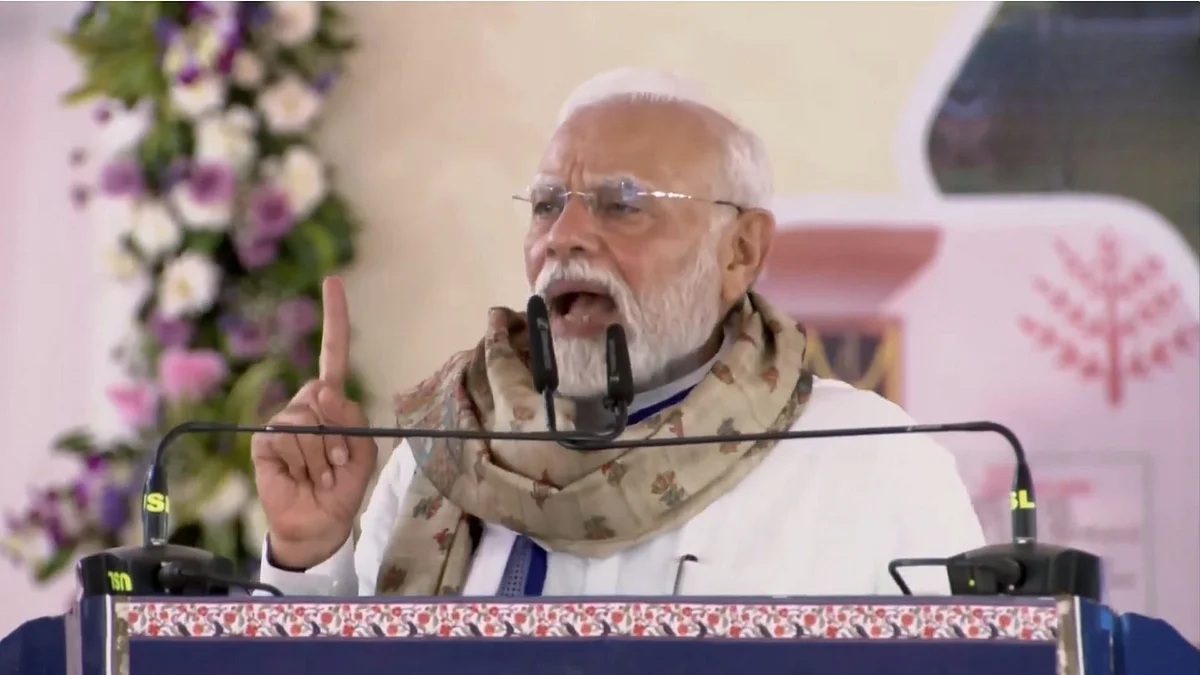Title: The Forgotten Cities of Delhi
Author: Rana Safvi
Publisher: HarperCollins
Price: Rs 799
The effort, engagement and passion that have gone into the making of this book are quite visible. Hundreds of monuments have been documented, including hidden treasures—even the ones mentioned in the 19th-century books, but not visible on the ground. Safvi’s experience is rich; as she details the hostility she faced from locals at certain ruins that have been encroached or her own feeling of bliss praying at some dargah.
Apart from the usual English-language sources about monuments from the 19th century, such as Stephen Carr’s Archaeology and Monumental Remains of Delhi (1876), Safvi has used lesser accessible Urdu works of Sir Syed Ahmad Khan (Asar Us Sanadid,1847) and Basheeruddin Ahmed (Waqeat e Dar-ul HukumatDehli, 1919). This lends the book more breadth, and Safvi’s own travels to these ruins also add the perspective of how modern urban development is closing in on these ruins.
The book is organised geographically, and therefore also almost chronologically, for various dynasties chose different sites to build their new cities. Apart from the ruins of grandeur left behind by royalty, temples and dargahs have also been documented well in the book. As Safvi details various monuments dusting and rusting inside urban villages, one can palpably feel how heritage is getting relegated to history. Heritage that is supposed to live and invoke interest — due to the restoration work at various monuments — is still dying as they have shut to public.
So far so good. What the book lacks, quite glaringly, is good editing. These errors, coming from the stable of a leading publisher is surprising. There are not just spelling and typological errors, but factual ones too. The opening paragraph after the introduction, while talking about Siri, reads: “It is a necessary condition that blood be given to a new building; consequently, many thousand goat-bearded Mughals have been sacrificed for the purpose.”
This is end-noted and attributed to Hazrat Amir Khusrau from KhazainulFutuh. The end note does not date the book(it is from the 13th century). If one misses the endnote mark, it appears as if Safvi herself has said these words, for there is no attribution to Khusrau — quotes or italics. Was the word ‘Mughal’ already in use with the Mughal rule still two centuries away? Or is it ‘Mongols’ that has been misprinted here as Mughal?
There are several such errors, especially typological, throughout the book. The book feels like a draft version and seems hurried in its production. One understands that out of these myriad monuments, not many of them can have a narrative. Their descriptions should then be clubbed, edited and more space left for monuments that have interesting stories.
Also in terms of narrative, Safvi is not a gripping teller of tales. She is not able to capture the fancy of the reader despite having tall figures like Nizamuddin Auliya and Muhammad-bin-Tuglaq for protagonists. This could have been a collector’s work, but it has turned out to be a work-in-progress.










